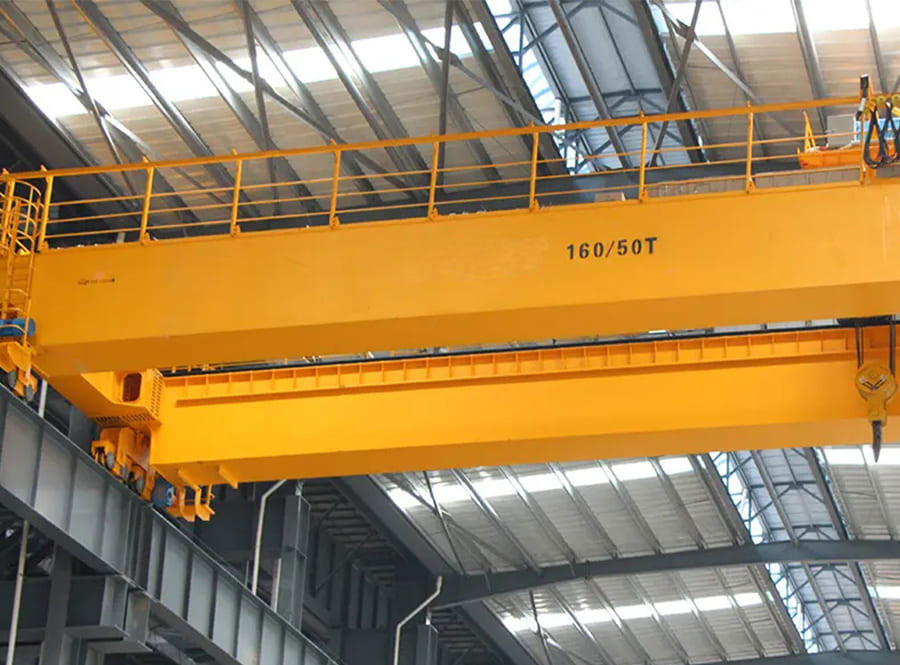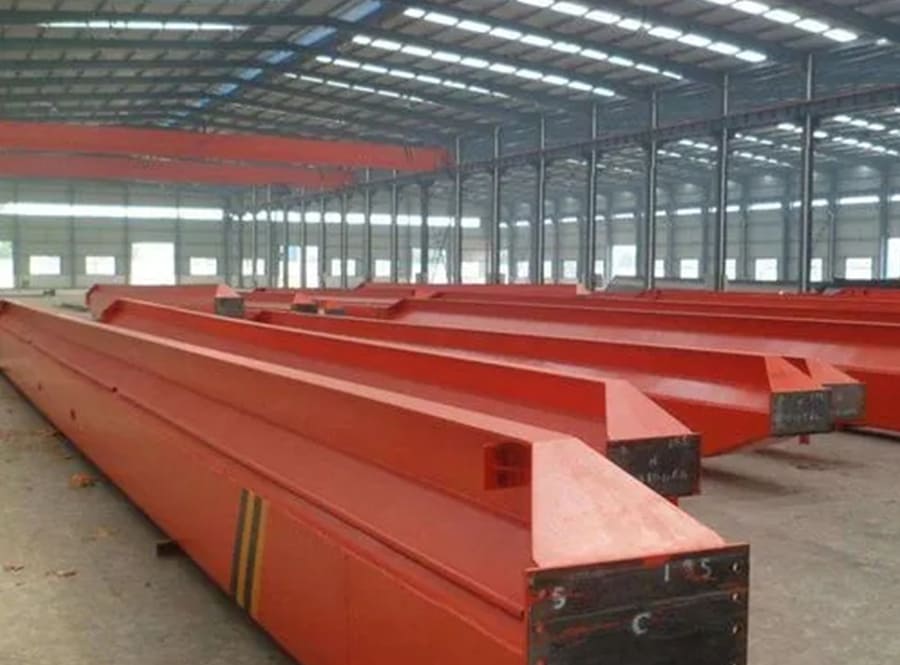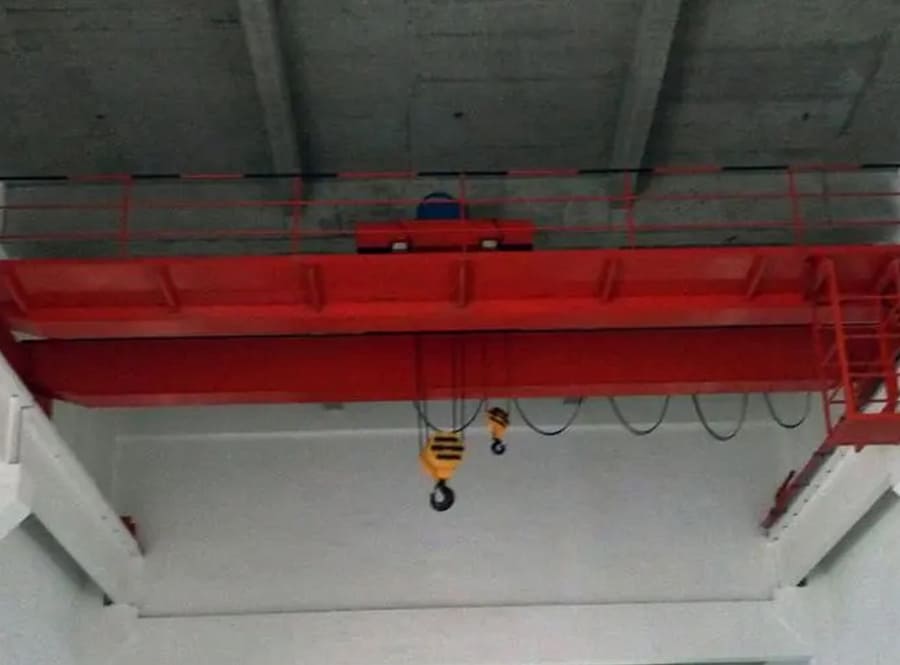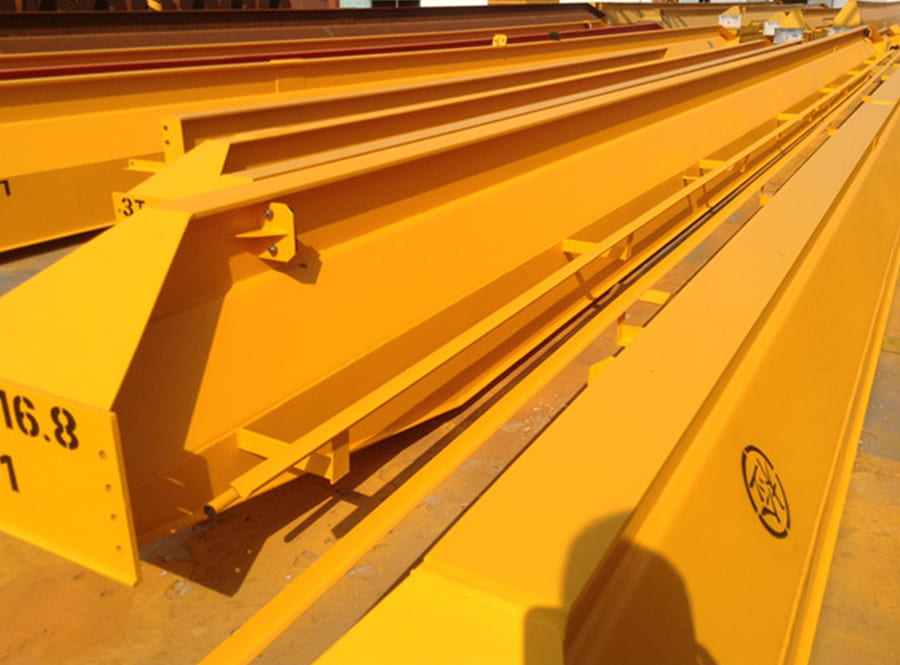When considering the purchase of a 5-ton crane, understanding the price dynamics is essential for making an informed decision. The cost of a 5-ton crane can vary based on several factors, including its type, specifications, features, brand reputation, and additional customization options. In this article, we will explore the various factors that influence the price of a 5-ton crane, helping you gain insights into the investment required for this industrial lifting equipment.

- Type of Crane:
The type of crane you choose significantly affects its price. There are various types of cranes available in the market, such as overhead cranes, gantry cranes, jib cranes, and mobile cranes. Each type has its own set of features and capabilities, and their prices can vary accordingly. For instance, overhead cranes tend to have a higher price range compared to jib cranes due to their larger lifting capacity and complex structural requirements. - Specifications and Features:
The specifications and features of the 5-ton crane play a crucial role in determining its price. Factors such as lifting height, span, speed, and control mechanisms can impact the cost. Cranes with longer lifting heights and wider spans typically require more robust structures and additional components, leading to higher prices. Advanced features like remote control operation, automation capabilities, and safety systems can also contribute to the overall cost of the crane. - Brand Reputation and Quality:
The brand reputation and quality of the crane manufacturer can influence its price. Well-established and reputable brand names often come with higher price tags due to their track record of delivering reliable and durable equipment. Investing in a trusted brand can provide assurance of product quality, after-sales support, and availability of spare parts, which may justify the higher initial investment. - Customization Options:
Customization options can add to the price of a 5-ton crane. Businesses often have specific requirements that necessitate modifications to the crane’s design, such as special attachments, additional safety features, or specific control systems. These customizations require engineering expertise and may involve additional costs for design, fabrication, and integration, which can impact the final price of the crane. - Additional Costs:
When considering the price of a 5-ton crane, it’s important to factor in additional costs beyond the initial purchase. These costs may include installation charges, transportation fees, taxes, and any necessary permits or certifications. It’s advisable to obtain detailed quotations from crane suppliers that include all relevant costs to have a comprehensive understanding of the total investment required. - Market Competition and Demand:
The dynamics of market competition and demand can also influence the price of cranes. In regions or periods with high demand and limited supply, prices may be higher. Conversely, during periods of lower demand or increased competition, manufacturers and suppliers may offer competitive pricing or promotional deals. It is advisable to research the market and consult multiple suppliers to compare prices and negotiate the best deal.

zaključak:
The price of a 5-ton crane is influenced by various factors, including the type of crane, specifications, features, brand reputation, customization options, and market dynamics. It is crucial to assess your specific lifting requirements, consider the long-term benefits and return on investment, and evaluate multiple suppliers to make an informed decision. By understanding the price dynamics and considering all relevant factors, you can select a 5-ton crane that meets your needs while ensuring the best value for your investment.





















